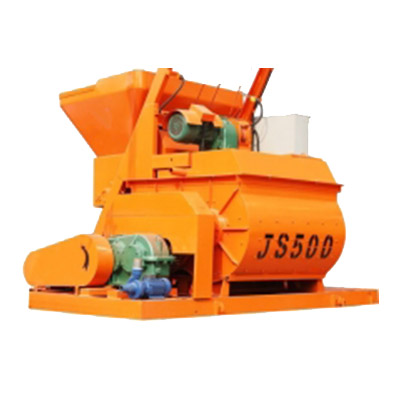paper egg tray machine
Nov . 12, 2024 22:48 Back to list
paper egg tray machine
The Evolution and Importance of Egg Tray Machines
In today's rapidly advancing world, the demand for sustainable packaging solutions is more significant than ever. One innovative product that has gained traction in recent years is the egg tray machine. These machines are specifically designed to produce egg trays, which serve as safe and efficient packaging for eggs during storage and transportation. In this article, we will explore the evolution, functionality, and importance of egg tray machines in modern manufacturing.
Historical Background
The concept of using egg trays dates back to the early 20th century when fragile items like eggs required more efficient means of packaging to prevent breakage. Initially, egg trays were made from wood and later from cardboard, but these materials were not ideal for mass production or sustainability. With the advancement of technology, the need for a more durable and eco-friendly option led to the development of specialized machines that could produce egg trays at a large scale.
Working Mechanism
Egg tray machines operate through a series of processes that transform raw paper pulp into sturdy trays. The basic operation can be broken down into several key steps
1. Pulping The initial step involves the collection of waste paper or cardboard, which is then mixed with water to form a slurry. This slurry consists of cellulose fibers and is the primary raw material for egg trays.
2. Molding The pulp is poured into molds that are shaped like egg trays. These molds are often designed to hold a specific number of eggs per tray, catering to various packaging needs. Vacuum suction is typically used to ensure the pulp is evenly distributed and takes the shape of the mold.
3. Drying Once the molds are filled, the trays undergo a drying process. This step is crucial for ensuring the trays are sturdy enough to support the weight of the eggs. Hot air drying or natural sun drying methods can be employed, depending on the manufacturer's resources and location.
paper egg tray machine

4. Finished Product After drying, the egg trays are removed from the molds and are ready for packaging. They can be transported to farms, distribution centers, or retailers for use.
Environmental Considerations
One of the most significant advantages of egg tray machines is their contribution to environmental sustainability. By utilizing recycled paper materials, the machines reduce waste and promote a circular economy. Additionally, the production process itself often requires less energy compared to traditional packaging methods. As consumers and businesses alike become more eco-conscious, the demand for egg tray machines is likely to increase, leading to a more significant positive impact on the environment.
Market Trends and Future Prospects
The egg tray machine market has seen considerable growth due to the rising demand for sustainable packaging solutions. Industries are increasingly prioritizing environmentally friendly practices, which drives innovation in machinery and technology. Manufacturers are now producing semi-automatic and fully automatic machines that not only enhance efficiency but also meet various production capacities.
The future of egg tray machines is promising, with advancements in automation and technology. Innovations such as AI and IoT integration could lead to smarter machines that optimize production processes, reducing waste and improving quality. Moreover, as supply chains evolve, businesses may seek more localized production methods, further enhancing the relevance of egg tray machines.
Conclusion
In conclusion, the evolution of egg tray machines reflects a broader trend towards sustainability and efficiency in manufacturing. As they continue to transform waste into valuable products, these machines play a pivotal role in redefining packaging standards in the agricultural sector. The growing emphasis on eco-friendly practices ensures that egg tray machines will remain an integral part of the packaging landscape for years to come, bridging the gap between innovation and responsibility in an ever-changing market.
-
Hot Sale 24 & 18 Door Rabbit Cages - Premium Breeding Solutions
NewsJul.25,2025
-
Automatic Feeding Line System Pan Feeder Nipple Drinker - Anping County Yize Metal Products Co., Ltd.
NewsJul.21,2025
-
Automatic Feeding Line System Pan Feeder Nipple Drinker - Anping County Yize Metal Products Co., Ltd.
NewsJul.21,2025
-
Automatic Feeding Line System - Anping Yize | Precision & Nipple
NewsJul.21,2025
-
Automatic Feeding Line System - Anping Yize | Precision & Nipple
NewsJul.21,2025
-
Automatic Feeding Line System-Anping County Yize Metal Products Co., Ltd.|Efficient Feed Distribution&Customized Animal Farming Solutions
NewsJul.21,2025






